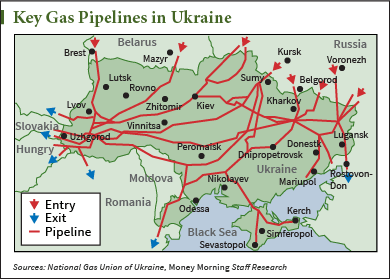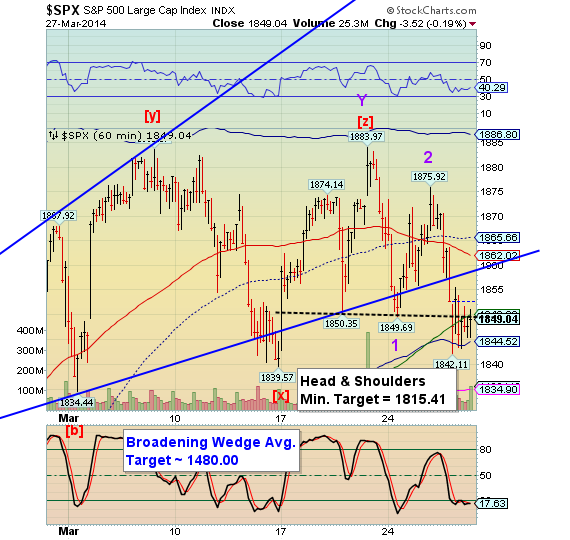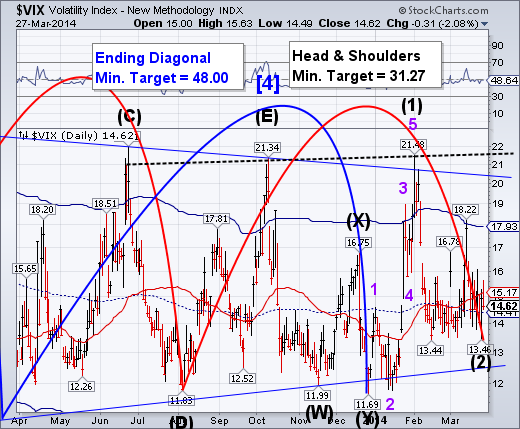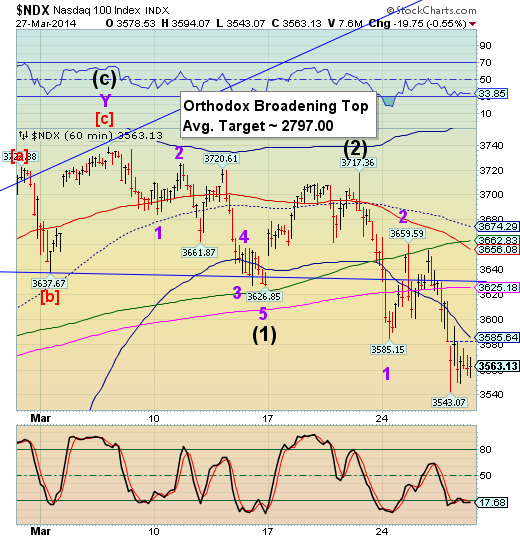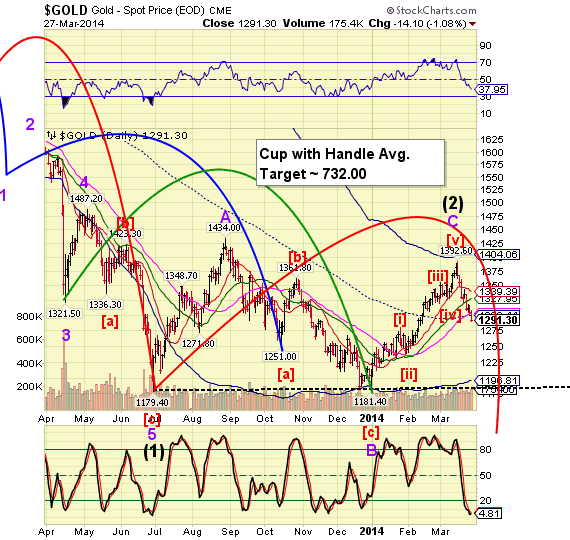Jaffe: It’s a bull market for bearish forecasts

Getty Images
Long-term investors are taking their eyes off the prize when they get distracted by doomsday predictions and focus on the market rather than the economy, writes Chuck Jaffe.
The market is about to crash! Now that I have your attention, I can tell you why you should ignore alarmist headlines (and statements) like that one. It’s not that crashes and downturns have been rescinded by a five-year bull market, it’s that what should matter the most to a long-term investor is the economy over the market, and the long-term trend instead of what’s happening now. It’s hard not to be interested in the market calls of experts, but it’s not necessarily profitable, especially when the projections are more extreme. And yet average investors can’t help themselves from looking at anything that screams coming doom or that forecasts Armageddon, or that predicts a coming scenario where it’s possible to get rich quick. It’s a bit like rubber-necking at a car accident, a situation where most people will tell you that they don’t want to slow down and look, but yet that’s exactly what they do as they pull up on the scene. It’s what explains why MarketWatch has had popular pieces recently like Thursday’s “Is this the correction or a coming crash?” or “Stop trading! Now, before 2014 turns into 1929” or “New doomsday poll: 99.9% risk of 2014 crash.” It’s why books like “The Demographic Cliff” — the latest from noted gloom-and-doomer Harry Dent — hit the best-seller lists. Average investors don’t “follow” gurus, soothsayers, clairvoyants and stock jockeys. They set up a portfolio and stick to the path — for at least the bulk of their assets — no matter what is happening on Wall Street or with the economy. When those headlines, statements and sound bites catch their attention, however, they watch and listen, and wonder “What if?” Richard Peterson of MarketPsych Data noted that investors are attracted to gloom-and-doom — like rubber-necking type — by instinct. “We want to learn from others’ misfortunes so we don’t have them happen to us,” he said. Further, he noted, “People are hard-wired to pay attention to potential losses and investigate them more than they are for potential gains. We want to prepare for them to protect ourselves.” The fortune-tellers, meanwhile, not only recognize those human instincts, but they know that the more outrageous the prediction, the more attention they get. They can highlight any forecasts they get right, knowing that their misfires are forgotten quickly. Thus, calamity and catastrophe sells. Right now, it’s a bull market for bearish forecasts. The investor who falls for that stuff, however, can do permanent damage to their portfolio. Part of the problem is that long-term investors are taking their eyes off the prize when they focus on the market rather than the economy. As Benjamin Graham, the father of value investing, noted, the stock market in the short run is like a voting machine, registering which companies are popular or not popular; over the long haul, however, it’s a weighing machine, taking the full measure and assessment of the company in the form of its stock price. “Long-term investors should think about the economy and the prospects of U.S. and foreign companies they invest in. They should not focus on the market,” said behavioral finance expert Terrance Odean, a professor at the Haas School of Business at the University of California-Berkeley. “In the long run, what matters if whether the economy prospers and firms earn profits. “Yes, there are times when companies can be bought at higher or lower prices relative to earnings, but timing the market is difficult and most individuals get it wrong. Rather than asking themselves ‘Is this the right moment to buy stocks,’ investors should ask themselves if they are willing to invest long term in the U.S. or world economy, and maybe consider that there are few other long-term alternatives.” None of this is to suggest that investors should ignore the possibility that the market is due for a correction or a crash. For a long-term investor, trouble is unavoidable. Disaster preparation, however, comes in the planning stages, rather than in knee-jerk reactions. For investors looking for a sign about whether the market is ready to turn, consider all of the scary headlines a positive as, empirically speaking, few people are calling for Armageddon when the market is nearing a top. Yet respecting that same kind of empirical evidence would suggest that at times when there are a lot of gloomy predictions, there’s already a downturn or crisis in progress or there is one to come, just much more slowly than expected. Since it’s hard to suggest there’s a downturn or crisis in place now – even with a market that has been volatile but flat year-to-date, it will be awhile before the buzz of last year’s 30 percent gains fades – you can rest assured that trouble has not been repealed and that tough times are coming, even if it is later rather than sooner. The interesting thing compounding the current situation — and the fascination with the calls for a market collapse — is that there are plenty of experts who feel the bull will keep on running for several more years. Arguing experts — instead of having most prognosticators agree — increases investors’ anxiety. “All the street investor can see is disagreement among what appear to be experts, and expert uncertainty and disagreement is one of the key factors by which people perceive or gauge risk,” said Donald MacGregor of MacGregor-Bates, a consumer/investor research firm. “The pathway forward is to have a personal financial strategy that creates diversification, and a time horizon for investment that is concrete and to which one will hold,” he added, though he noted that anyone who believes the financial fundamentals of the U.S. and world economies are so “out of whack” that there is real value in the rantings of the doomsayers “probably should move to rural Oregon and stock up the root cellar.” For everyone else, however, the course of action despite the titillating headlines is simple: “Become a discriminating and educated investor and stay away from toxic talk,” MacGregor said. “It can be hazardous to your financial health.” | 










 Wolf Richter
Wolf Richter





